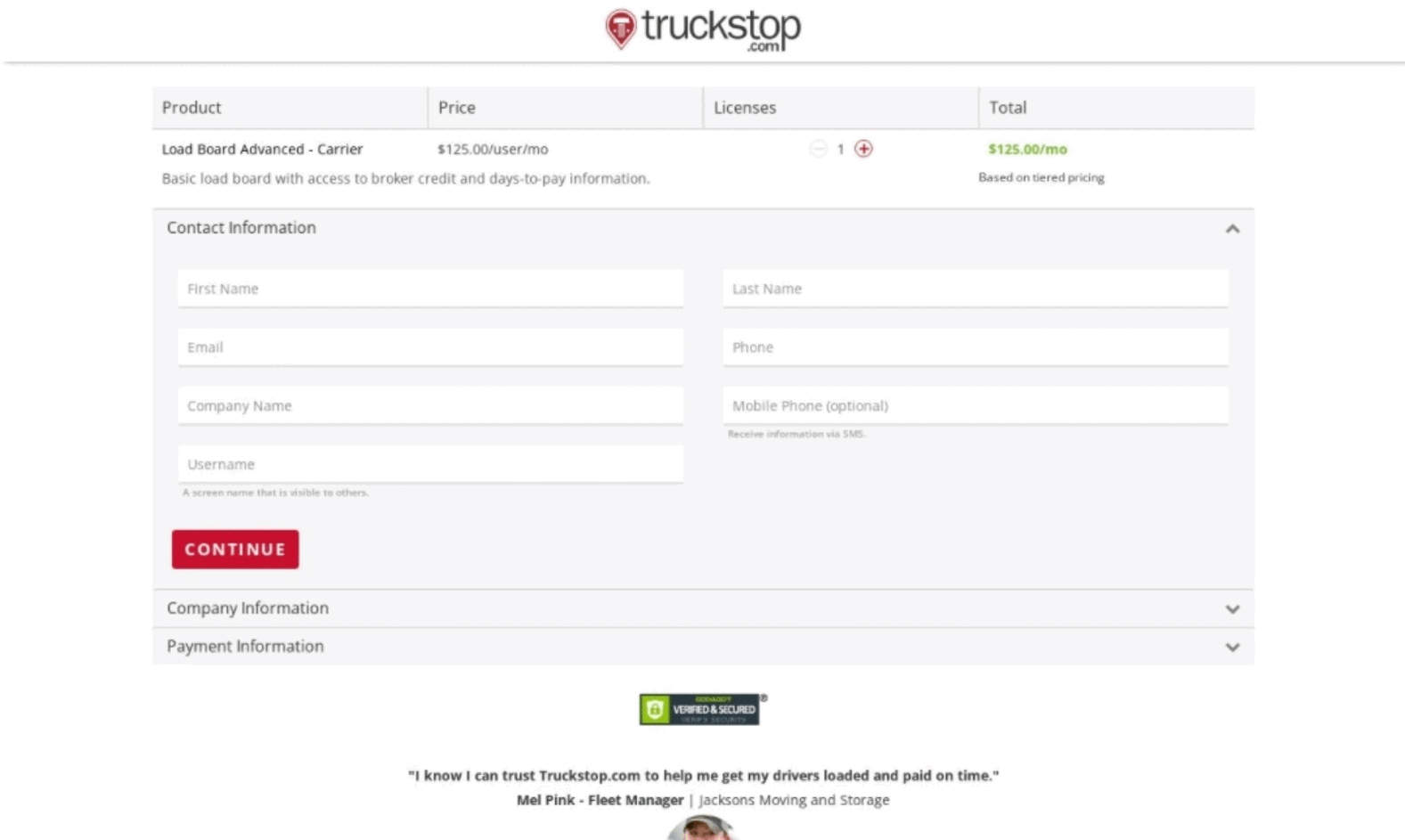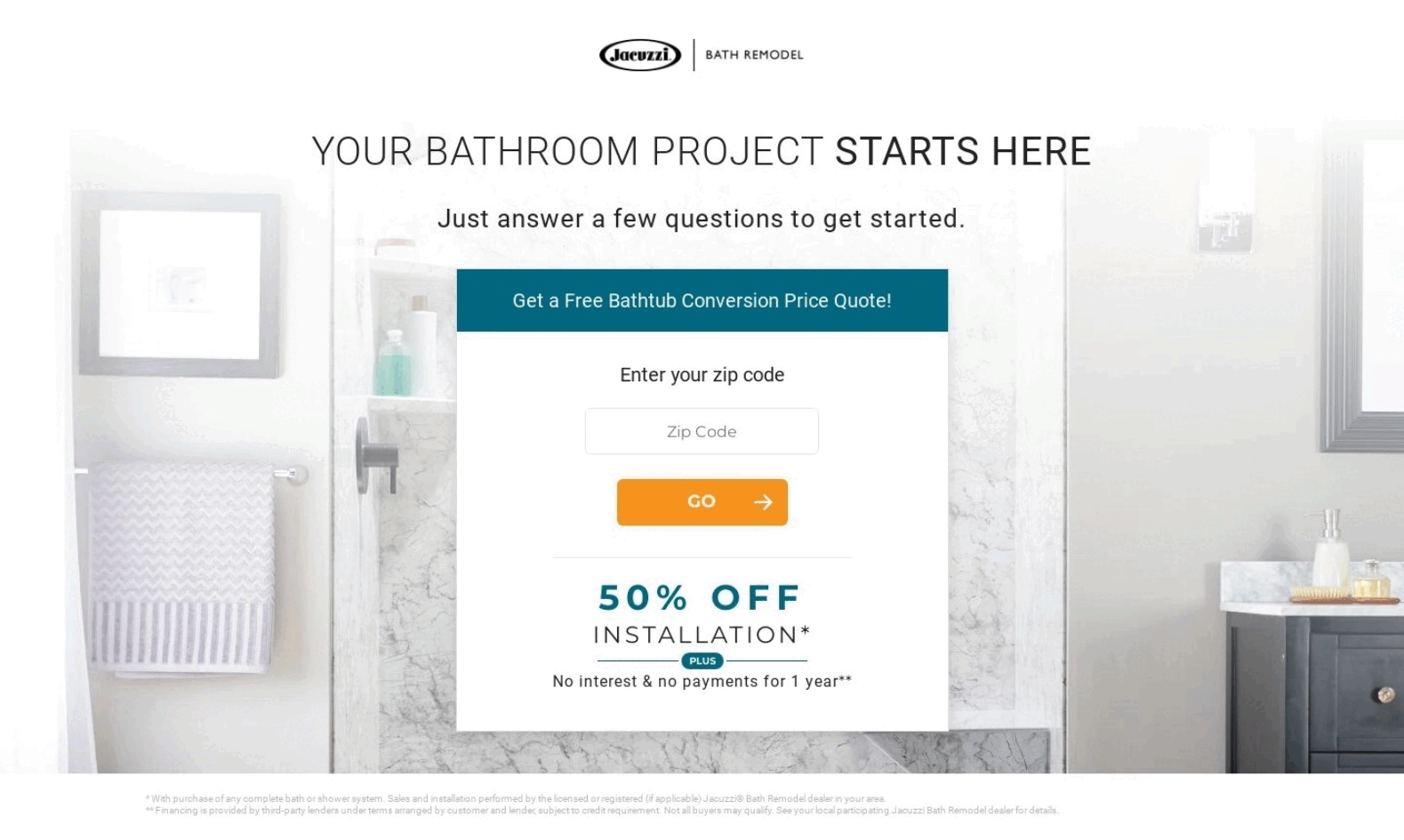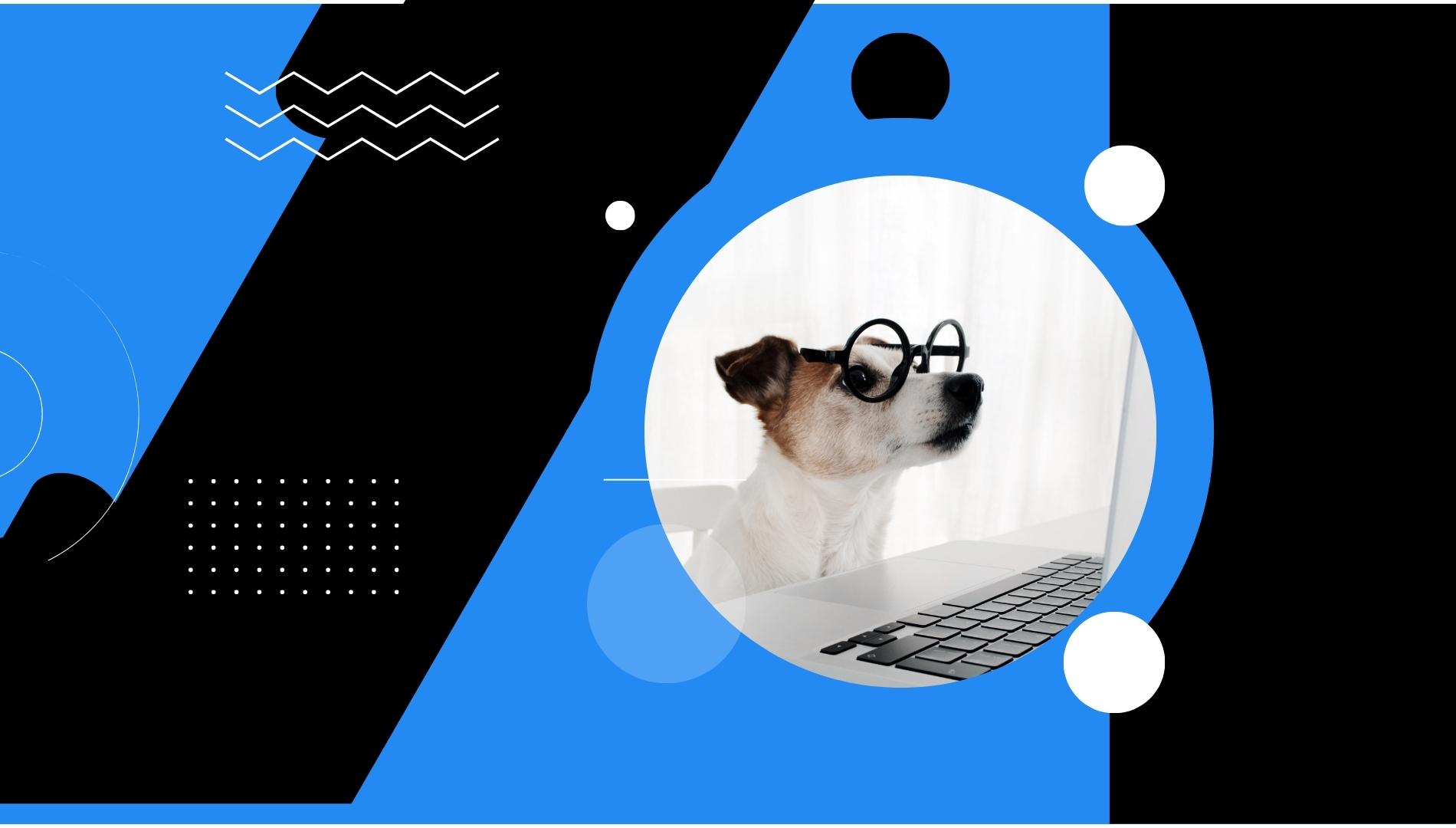What is Conversion Rate Optimization?
Think of it as the process of tweaking and fine-tuning your website to turn visitors into customers. With CRO, you make it easier for your customers to convert or remove things that hinder their conversion.
Here are some awesome benefits you’ll get from implementing CRO:
Better ROI for Your Business
This is probably one of the main reasons you are thinking about CRO. Businesses that implement CRO into their strategy typically see a 223% ROI. Imagine getting that kind of boost for your site!
Additional Traffic is Optional
One of the best things about CRO is that it works with the traffic you already have. Instead of spending tons of money trying to get more visitors, you can focus on making the ones you have more likely to buy. And the best part? When you do get more traffic, the effects are doubled or even tripled because your site will be converting visitors so much better.
Edge Over Your Competitors
Did you know that only 40% of businesses employ CRO strategies as a part of their marketing arsenal? If you have one for your business, then you already have an advantage over your competitors. You win even further if you have small business competitors because they probably do not have big marketing budgets.
Improved Website Design and User Experience
Part of CRO involves enhancing your website's design and ironing out any kinks in the user experience. The goal is to create a smoother, more intuitive journey for your visitors, making it much easier for them to convert into customers. After doing your first rounds of CRO, you're left with a site that was better than before.
Fundamental Terms in CRO
While learning conversion rate optimization, you will encounter a few common words. Here are some of them:
Conversion Rate
This is the metric you’re trying to increase. The larger the conversion rate, the better. What’s a good benchmark? Here are some industry-related specifics:
- E-commerce: Average conversion rates typically range from 1% to 4%.
- B2B Services: Conversion rates can be higher, often between 5% and 10%.
- Lead Generation: Rates can vary, but 2% to 5% is often considered good.
User Experience
Also known as UX, user experience is the overall experience of your website visitors when they use your website. Some factors that affect user experience include:
- Ease of navigation
- Mobile responsiveness
- Loading speed
- Visual design
- Readability
- Content quality
Landing Pages
These are the pages of your website that are specifically designed to drive conversions.
Landing pages are pretty easy to spot. Think of landing pages as the welcome mat for your website. The page is focused on your objectives, which could be a sale, signing up for a newsletter, or starting a free trial. Distractions are minimal, and invitations are bold and obvious.
Calls to Action
Calls to Action, or CTAs, are the buttons or links that say "Buy Now," "Sign Up," or "Learn More." They can be compared to a nudge-and-point gesture for your site visitors. A good CTA stands out on the page, uses clear and compelling language, and guides visitors toward completing the goal you’ve set for your landing page.
A/B Testing
A/B testing is like a friendly competition between versions of a webpage to see which one performs better. You create two or more versions of a page (control and variant) with slight differences, such as a different headline, button color, or image. Then, you show each version to different visitors and track which one gets more conversions or achieves the desired outcome.
Steps to Implement CRO
Ready to implement conversion rate optimization? Awesome! Here’s a bird's-eye view of what you can expect to do:
Step 1: Analyze Your Current Performance
Let's start by taking a look at how your website is doing right now. Here are a few tools that can help:
- Google Analytics. This tool gives you all sorts of insights into how users interact with your site. You’ll see data on things like bounce rates (how many people leave your site after just one page), conversion rates (how many visitors take the action you want them to), and user engagement (how much time they spend on your site).
- Heatmaps. Heatmaps are like a visual map, showing you where users are most engaged. Tools like Hotjar or Mutiny offer free accounts you can try out.
- Traffic Estimators. Curious about your competitors? Traffic estimators can give you an idea of their website traffic. It’s a great way to see how you stack up. Tools like Ahrefs or SimilarWeb are perfect for this.
Step 2: Identify Areas for Improvement
Now, based on the data you gathered in Step 1, pinpoint the areas of your website that need a bit of love. Look for pages with high bounce rates, low engagement, or low conversion rates. For example, if your heatmap shows that your visitors are not clicking on your “buy now” button, it’s a sign that visitors aren’t seeing it well enough or aren’t convinced to make a purchase.
Step 3: Set Clear Goals
Establish clear, measurable goals for your conversion rate optimization efforts. For example, you might aim to double your sales in the next six months. Setting specific goals will help you stay focused and measure the success of your optimization efforts.
Step 4: Design the Changes
With your goals in mind, start designing the changes you want to make. Following the example, you might redesign your cluttered product page to be more visually appealing and make the “buy now” button bigger.
Step 5: Conduct A/B Testing on the Changes You Designed
Before jumping in and making those changes live, it’s super important to test them out first. You wouldn’t want to accidentally hurt your sales. A/B testing (also known as split testing) lets you compare two different versions of a webpage to see which one works better.
There are some great A/B testing services you can use, like VWO, Optimizely, and Google Optimize. Give them a try and see what works best for you.
Step 6: Implement and Refine
Once you have implemented the changes based on your tests, monitor their impact on your conversion rates. But do not stop there! Conversion optimization is an ongoing process. Continuously iterate and refine your changes to maximize your website's conversion potential.
Real-World Examples
Here are two examples of successful implementation of conversion rate optimization, courtesy of Spiralyze’s prediction engine.
Truckstop
 Truckstop changed their form to include customer reviews, also known as social signals. The idea here is that it assures prospective buyers that they are making the right decision. This change proved effective, as they continue to use the form featuring reviews.
Truckstop changed their form to include customer reviews, also known as social signals. The idea here is that it assures prospective buyers that they are making the right decision. This change proved effective, as they continue to use the form featuring reviews.
Jacuzzi

Jacuzzi optimized their signup forms by adding a picture of a human to the form. This visual element catches attention and adds a bit of relatability. The change led to an increase in the form’s response rate.
Enhance Your CRO Fundamentals With These Resources
Want to start doing CRO for your website or as a career? Here are some good resources.
The Complete Conversion Rate Optimization Course by Ruben Boer
This course is incredibly helpful for mastering CRO. Ruben Boer, with his 12+ years of experience, covers everything from conducting research and analyzing user behavior to setting up and evaluating A/B tests.
The course is practical and easy to follow, with lots of examples and exercises. Plus, you don’t need any prior coding or statistical knowledge. If you're eager to boost your website’s conversion rates, this course is a fantastic resource.
Don’t Make Me Think, Revisited by Steve Krug
Steve Krug’s "Don’t Make Me Think" is one of the best books out there on design. This book is not about CRO per se, but discusses the psychology and thought processes of web visitors.
The book emphasizes simplicity and consistency in web design. He has a lot of good advice, like “do not make your users think” or “users do not read, they skim." The subtle humor is top-notch, too.
Sahil Patel’s LinkedIn Posts
Sahil Patel is the CEO of Spiralyze, a B2B CRO agency based in Atlanta. He regularly shares insights on LinkedIn about what works in the world of conversion rate optimization. His posts are filled with practical advice, real-world examples, and the latest trends in CRO.
Whether he’s discussing the nuances of A/B testing or sharing tips on improving user experience, his expertise and hands-on approach make his LinkedIn posts a must-read for digital marketers and web designers alike.
Wrapping it Up
CRO empowers you to prioritize user experience, make data-driven changes, and consistently test and refine your strategies. With it, you can significantly boost your conversion rates. Start optimizing today and turn your traffic into tangible sales!
About Rothman
Hi, I’m Rothman, SEO and conversion specialist at Spiralyze. I am quite obsessed with making websites that not only look great but also perform. When I’m not optimizing for search engines or tweaking conversion rates, I’m likely playing video games or growing fruit in my garden.


